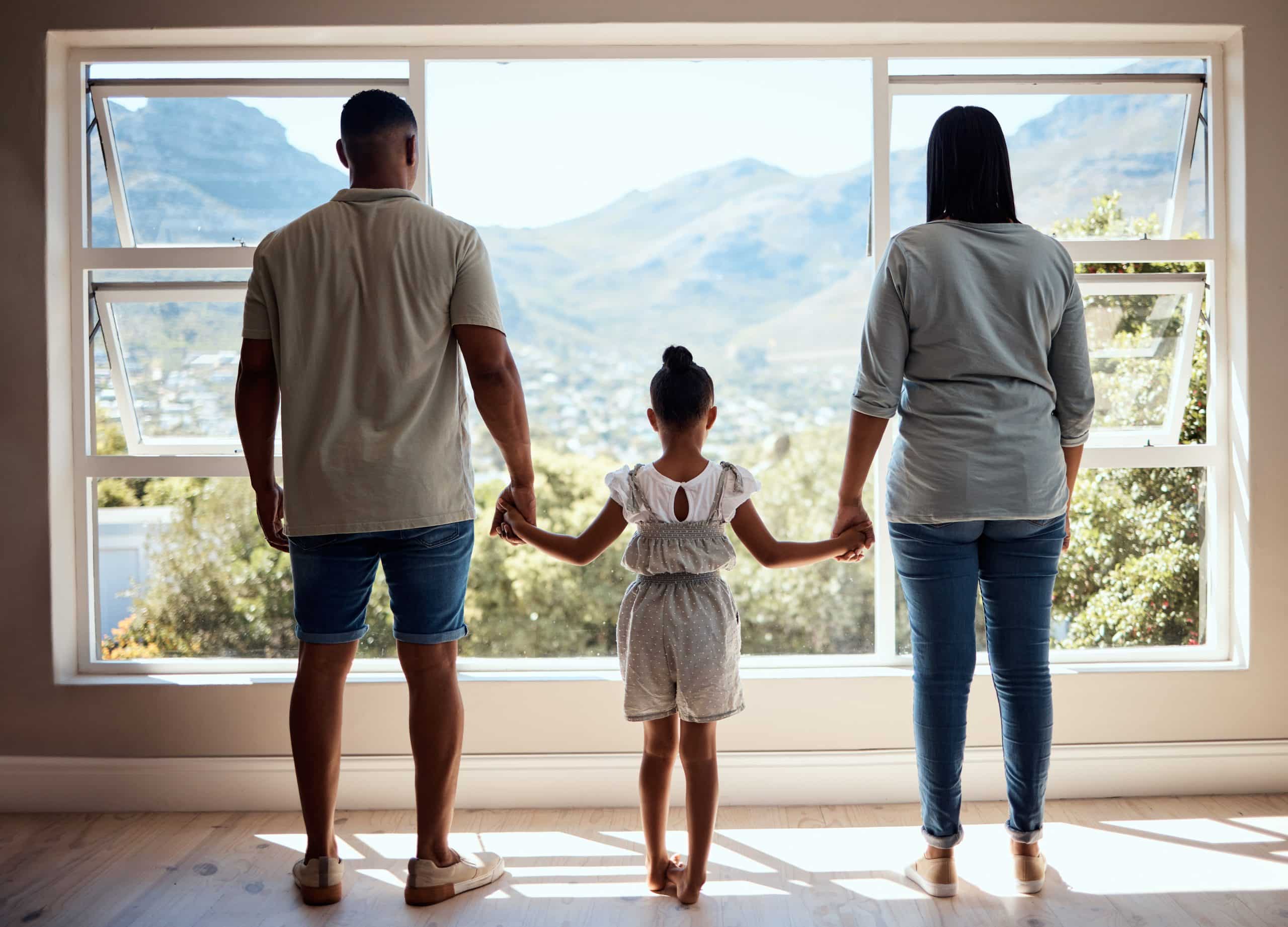What Are the Best Non-Toxic Materials to Use in a Baby’s Playroom?

As parents, your primary concern is to provide a safe and healthy environment for your children. This responsibility doubles when it comes to designing a playroom for your baby. You’re not only choosing toys, but also deciding on the furniture, mats, and even the paint on the walls. It’s vital to consider the materials used in these products, ensuring they are free from toxic substances and are eco-friendly.
In this article, we will explore the best non-toxic materials for a baby’s playroom, focusing on sustainable, organic, and certified products. We’ll provide insights into alternatives to common yet potentially harmful materials, offering recommendations for safe and natural alternatives.
Also to discover : How Can You Design a Home Library that Doubles as a Quiet Study Area?
Organic Cotton for Play Mats and Toys
Babies spend a lot of time on their play mats, experimenting with their toys or simply resting. It’s crucial that the mats and toys they come into contact with are non-toxic and gentle on their sensitive skin. Organic cotton, grown without harmful pesticides and fertilizers, is a great choice for these items.
Organic cotton is soft, durable, and hypoallergenic, making it perfect for baby’s sensitive skin. Not only is it safer for your baby, but it’s also an environmentally friendly option. When you choose organic cotton products, you’re supporting sustainable farming practices that promote soil health and biodiversity.
Also read : What’s the Best Layout for a Home Office to Foster Creativity in Writers?
Many brands sell toys and mats made from certified organic cotton. Look for items that are not only made of organic cotton but also dyed with natural, non-toxic dyes.
Eco-Friendly and Sustainable Wooden Toys
Wooden toys are a timeless classic in any baby’s playroom. They offer a warm, tactile experience that modern plastic toys often can’t match. More importantly, when made from sustainably sourced wood, these toys are a great eco-friendly option.
However, not all wooden toys are created equal. It’s essential to ensure the toys are not treated with toxic finishes or paints. Look for toys that are either unfinished or finished with natural oils or non-toxic, water-based paints.
You should also consider the source of the wood. Many wooden toys are made of durable, sustainably harvested wood. Brands that use FSC-certified wood are committed to responsible forestry practices, ensuring the longevity of our forests.
Natural and Non-Toxic Paint
The paints used on the walls of your baby’s playroom can significantly impact indoor air quality. Many traditional paints contain volatile organic compounds (VOCs), which can off-gas over time and lead to respiratory issues.
Fortunately, there are natural and non-toxic alternatives available. Look for zero or low-VOC paints, which have significantly lower levels of these harmful compounds. Better yet, consider natural or plant-based paints. These products are derived from renewable resources and contain no synthetic solvents or biocides.
Eco-Friendly Foam for Furniture and Mats
Foam is another common material in a baby’s playroom, often used in furniture and play mats. Traditional foam, however, can contain harmful chemicals like flame retardants or formaldehyde.
There are safer options available. For example, natural latex foam is made from the sap of rubber trees and does not contain these toxic chemicals. It’s also a more sustainable choice, as rubber trees are a renewable resource.
When choosing foam products for your baby’s playroom, look for items that are certified by organizations such as CertiPUR-US or GreenGuard. These certifications assure that the foam is free from harmful chemicals and safe for your baby.
Certified Non-Toxic Plastic for Play Items
While we often associate plastic with toxins, it’s not always the case. Some plastics are safer than others, and by making informed choices, you can include plastic items in your baby’s playroom without worry.
When choosing plastic toys, look for items that are free from PVC, phthalates, and BPA – all of which can leach harmful chemicals. Instead, opt for toys made from polypropylene (PP) or high-density polyethylene (HDPE), which are considered safer options.
Various certifications can guide your choices. For example, the European EN71 standard certifies that toys are safe from harmful chemicals. Similarly, the GREENGUARD certification ensures products are low-emitting and contribute to healthier indoor air.
By making informed choices about the materials in your baby’s playroom, you can create a safe and healthy environment for your little one to grow and play. Remember, it’s not just about avoiding the bad – it’s also about choosing the good. Using materials that are not only non-toxic but also sustainable and eco-friendly is a win-win for both your baby and the planet.
Oeko-Tex Certified Textiles for Comfort and Safety
One crucial aspect of creating a safe playroom is the selection of textiles, including play mats, curtains, and soft toys. Non-toxic textiles, especially those certified by Oeko-Tex, can offer parents peace of mind about their baby’s environment.
Oeko-Tex is a leading international standard for the safety of textiles. If a product is Oeko-Tex certified, it means it has been thoroughly tested for harmful substances and is found to be safe for human use.
Play mats, in particular, are often in direct contact with your baby’s skin and should, therefore, be made from safe, non-toxic materials. Consider choosing a play mat made from organic cotton or another natural material. Furthermore, ensure that the fabric is Oeko-Tex certified. Brands like Toki Mats offer play mats that are not only made from organic, non-toxic materials but are also Oeko-Tex certified.
For other textile items in the playroom, such as curtains or soft toys, you can also look for Oeko-Tex certification to ensure they are free from harmful chemicals. Brands like Finch & Folk offer a range of baby products that are not only beautifully designed but also safe and eco-friendly.
Wooden Baby Furniture for Longevity and Sustainability
Another essential component of a baby’s playroom is the furniture. Wooden baby furniture, in particular, is a popular choice due to its durability, timeless charm, and eco-friendly nature.
Just like with wooden toys, it’s important to look for furniture made from sustainable wood, preferably FSC certified. Brands like Tender Leaf Toys offer a range of wooden baby furniture, from bookcases to tables and chairs, all made from sustainable sources.
Moreover, ensure that the furniture is finished with non-toxic paints or oils. This way, you can be confident that your baby is not exposed to harmful substances, even if they tend to chew on their furniture.
When designing your baby’s playroom, remember that every choice matters. By choosing non-toxic, eco-friendly materials, you are not only ensuring your baby’s safety but also contributing to the sustainability of our planet.
In Conclusion
Creating a non-toxic, eco-friendly playroom for your baby may require some careful consideration and research. However, the peace of mind it brings is certainly worth the effort.
Remember to look for organic cotton products, sustainably sourced wooden toys and furniture, and Oeko-Tex certified textiles. Choose natural and non-toxic paint for the walls and eco-friendly foam for the furniture and play mats. Lastly, if you decide to include plastic items in your playroom, make sure they are free from harmful substances like PVC, phthalates, and BPA.
By making these conscious choices, you are providing a safe and healthy environment for your baby to grow and learn. Moreover, you are playing your part in protecting our planet, making it a better place for future generations.
In the end, the best baby products are those that are safe, sustainable and promote healthy development. And the best playroom is one where your baby can play, explore and learn in a secure and nurturing environment.
